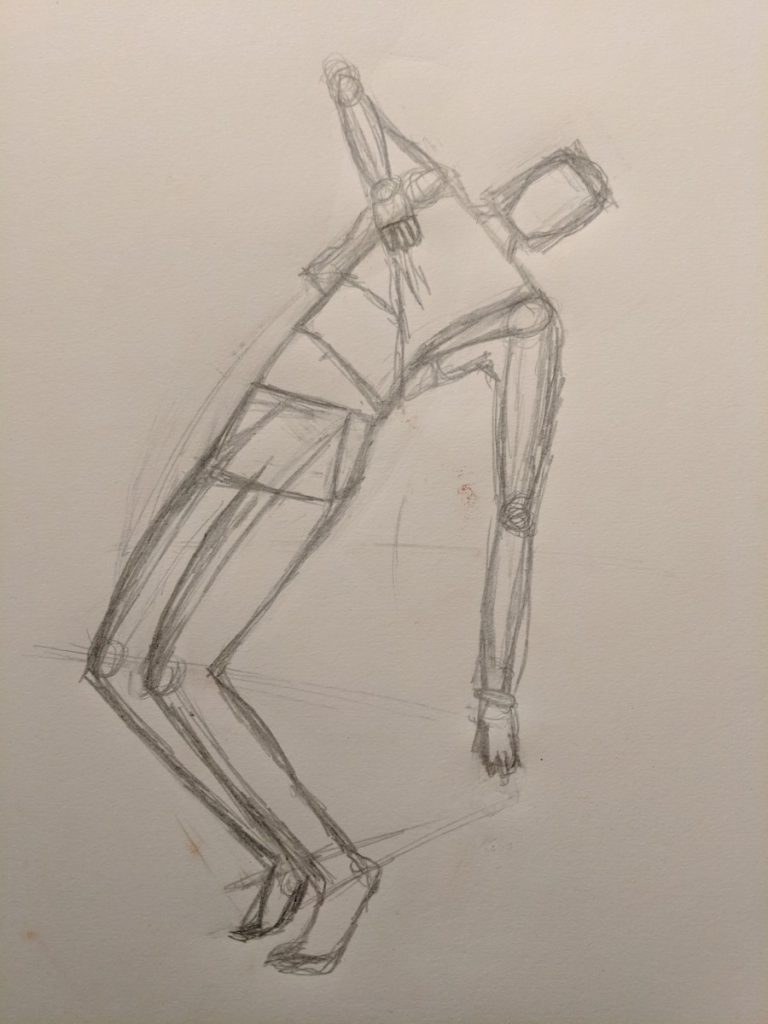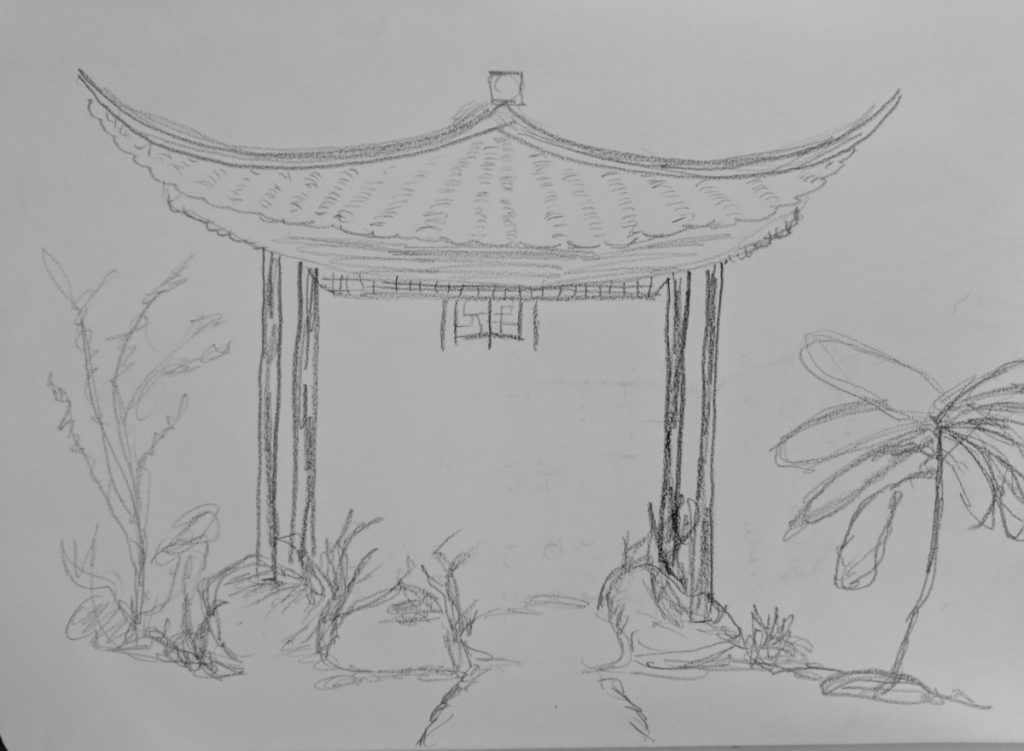
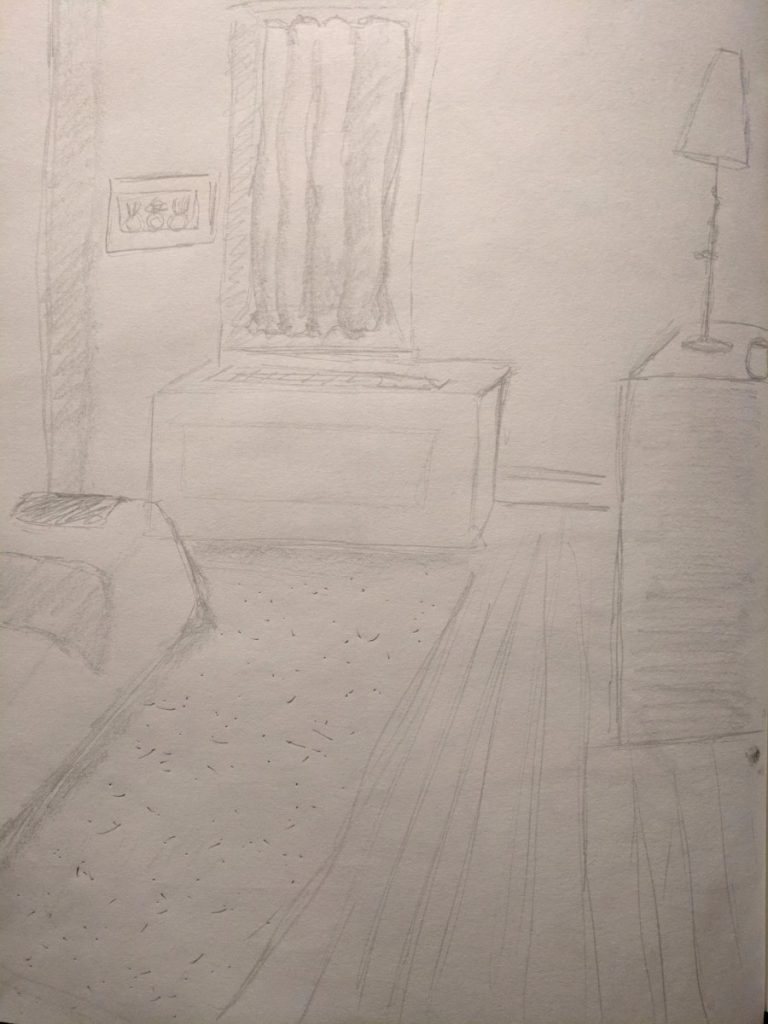
Author Archives: Sinead
Week 11

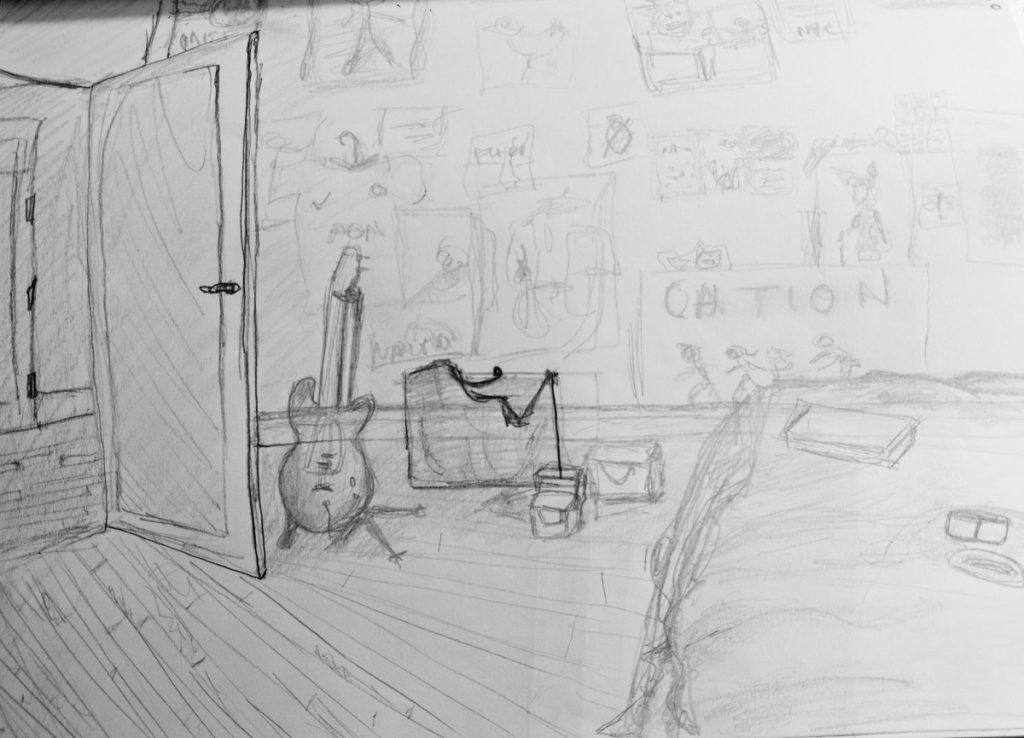

Week 10


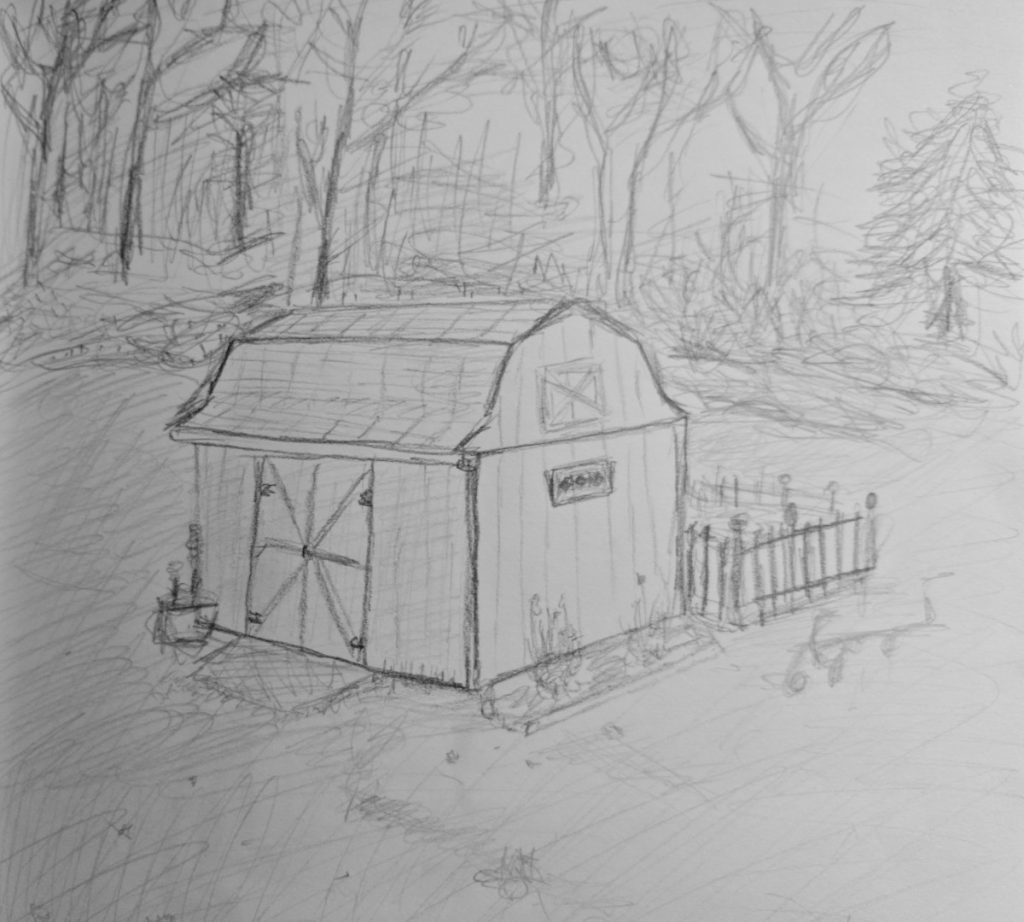
Week 9
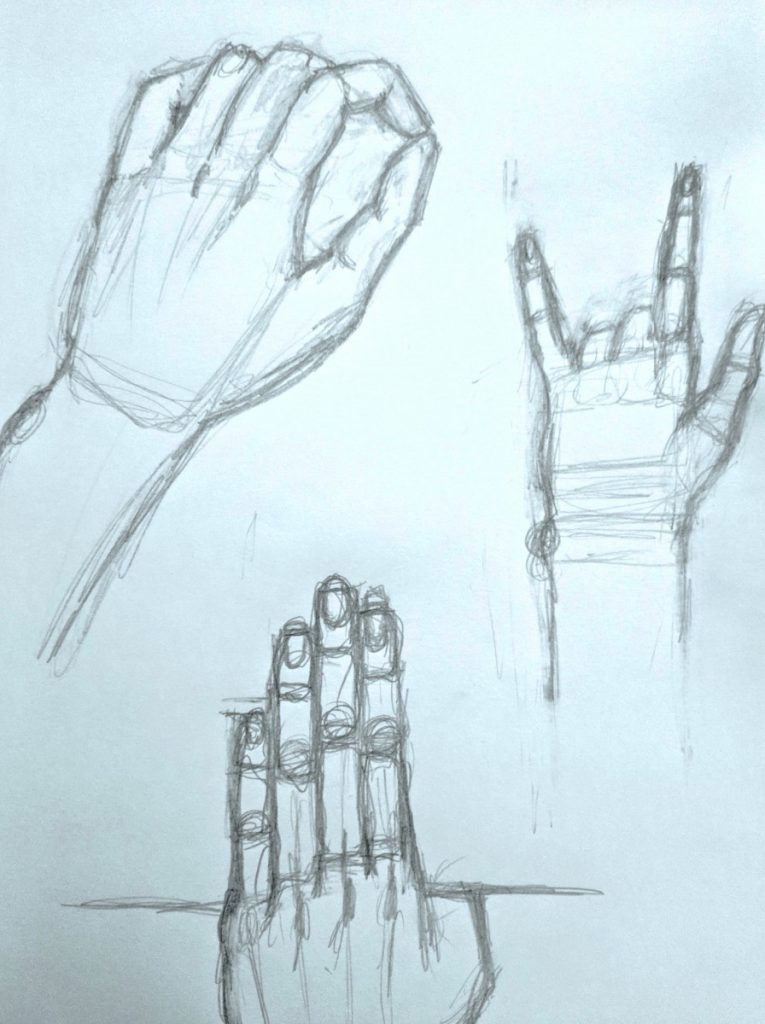
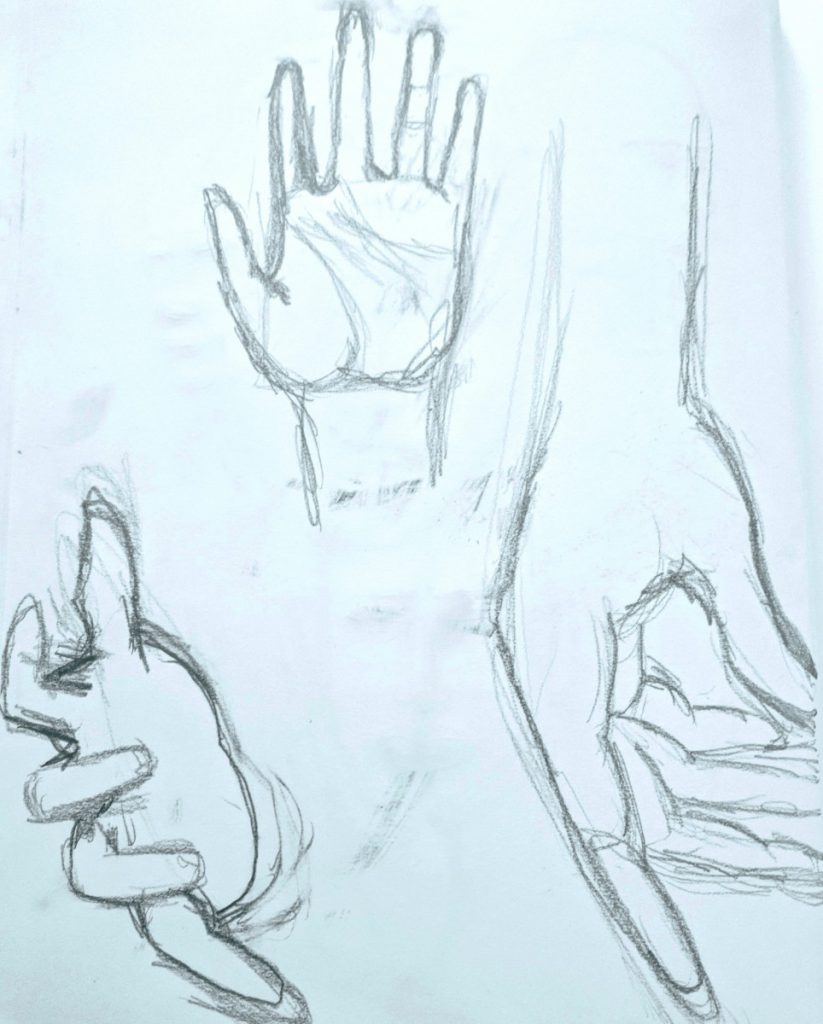
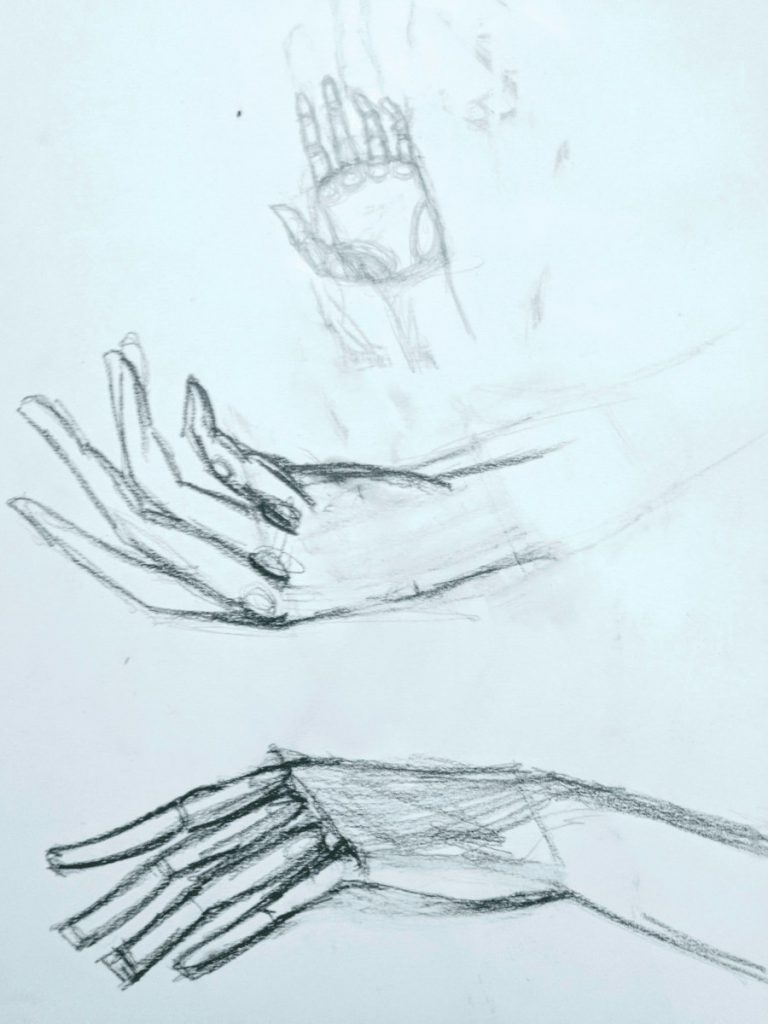
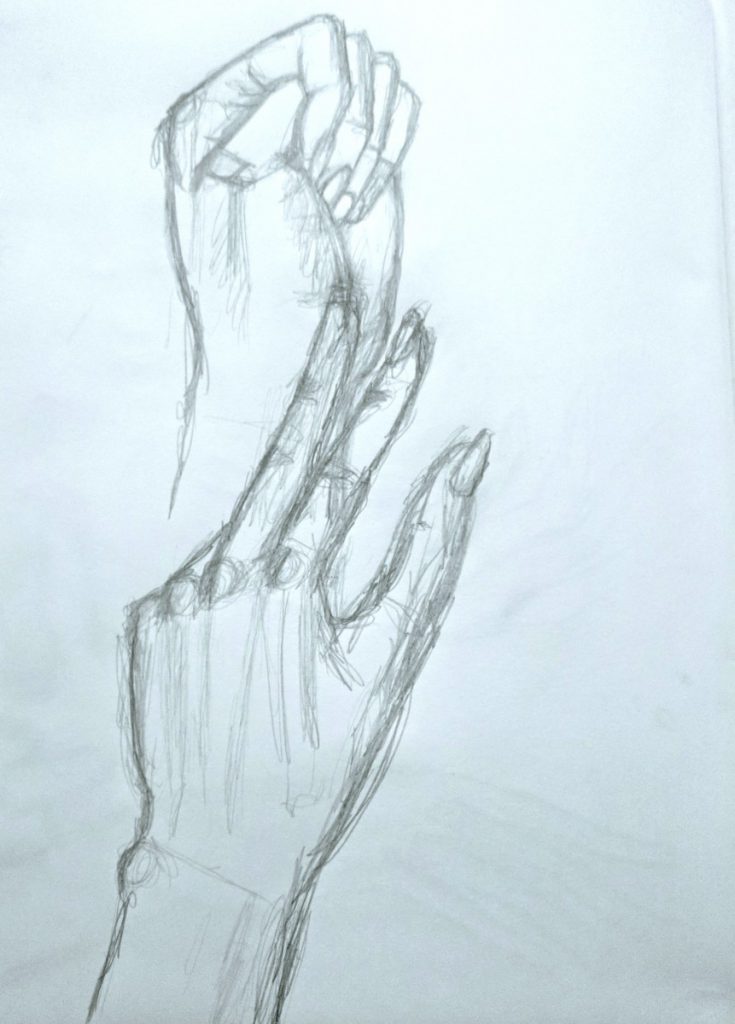
Week 7 and 8
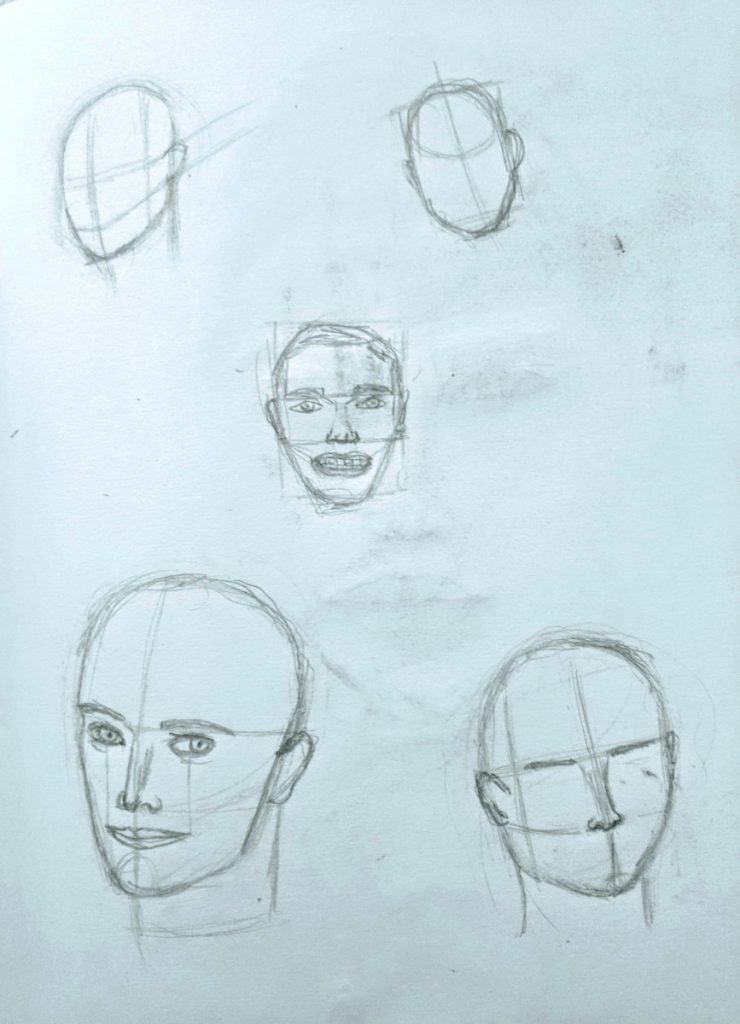
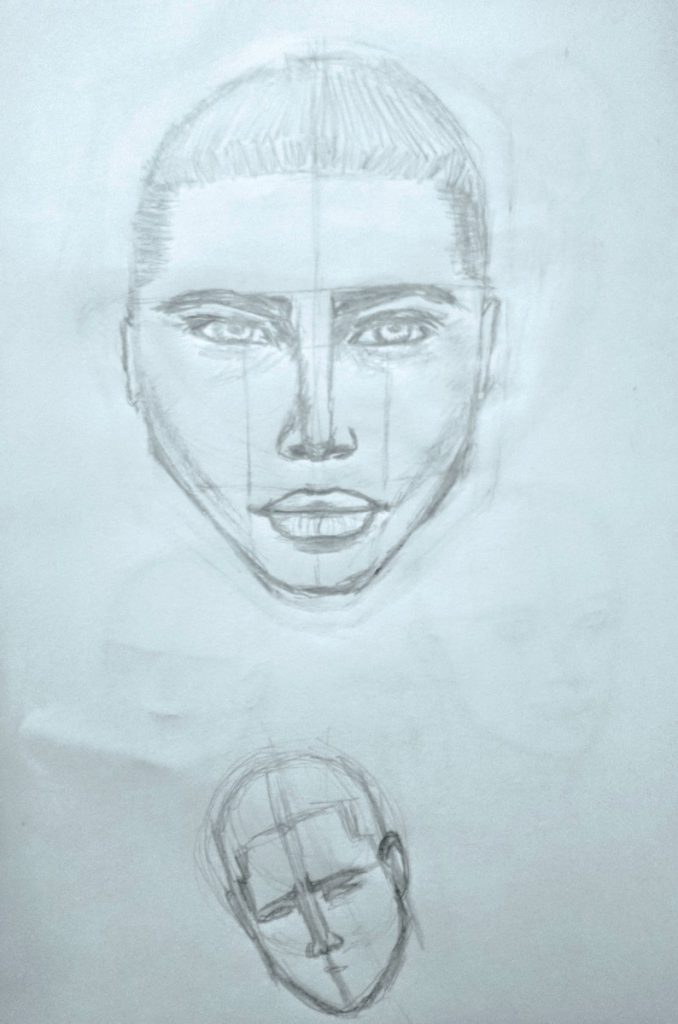
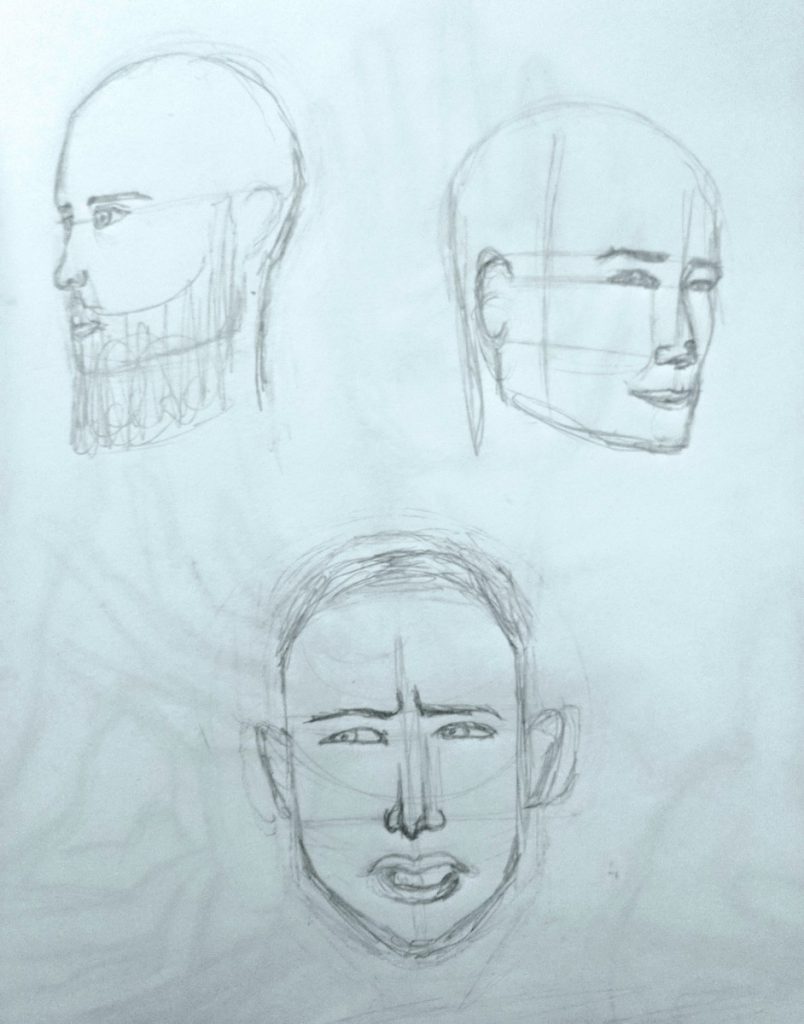
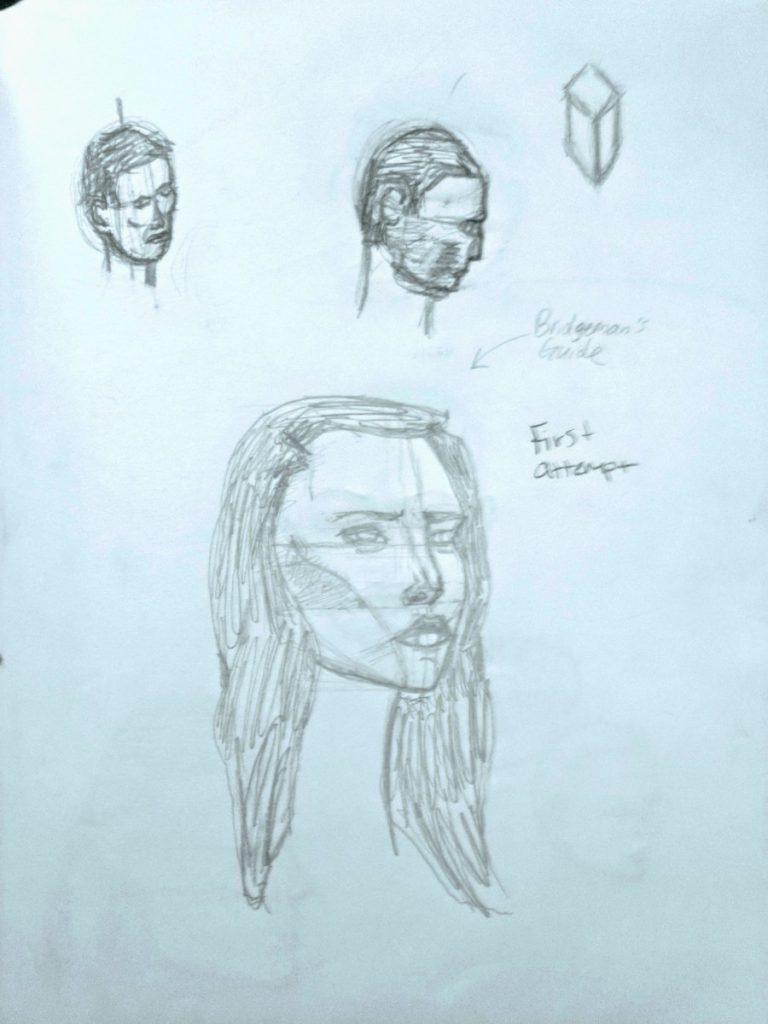
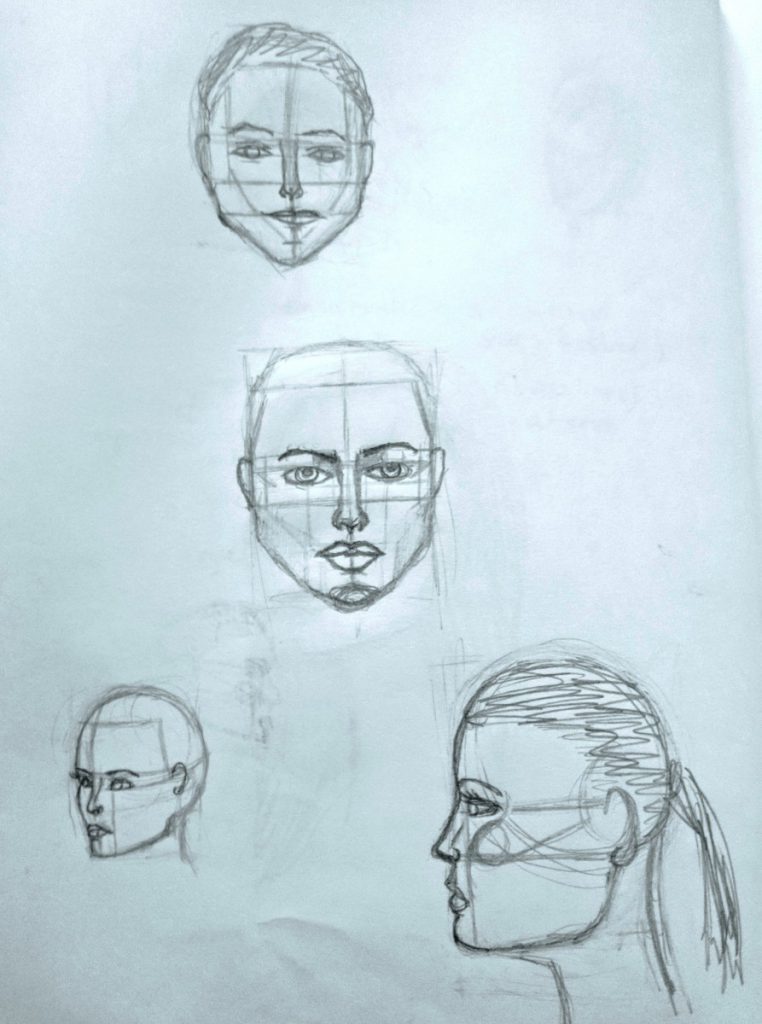
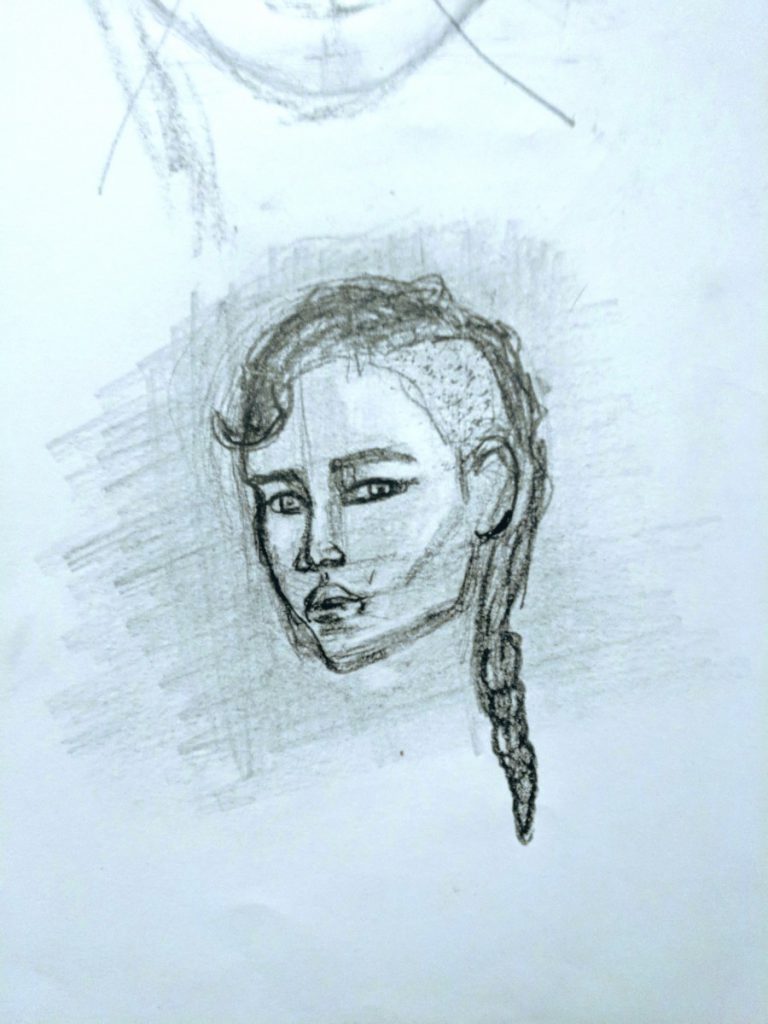
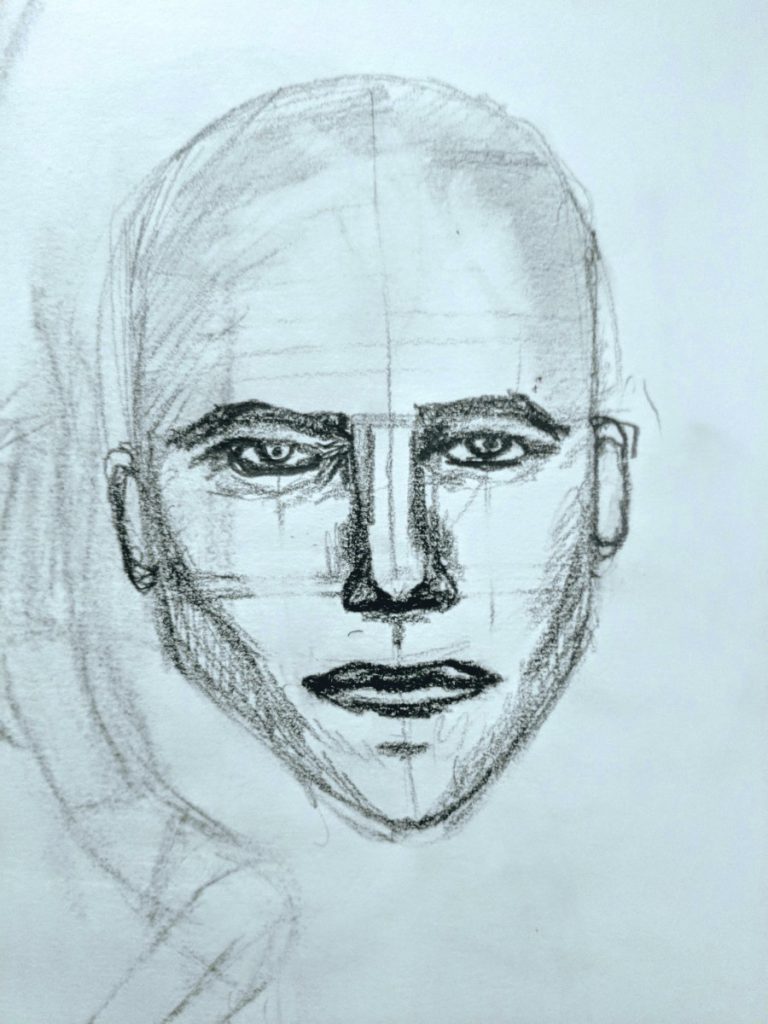
Week 5 Sketches

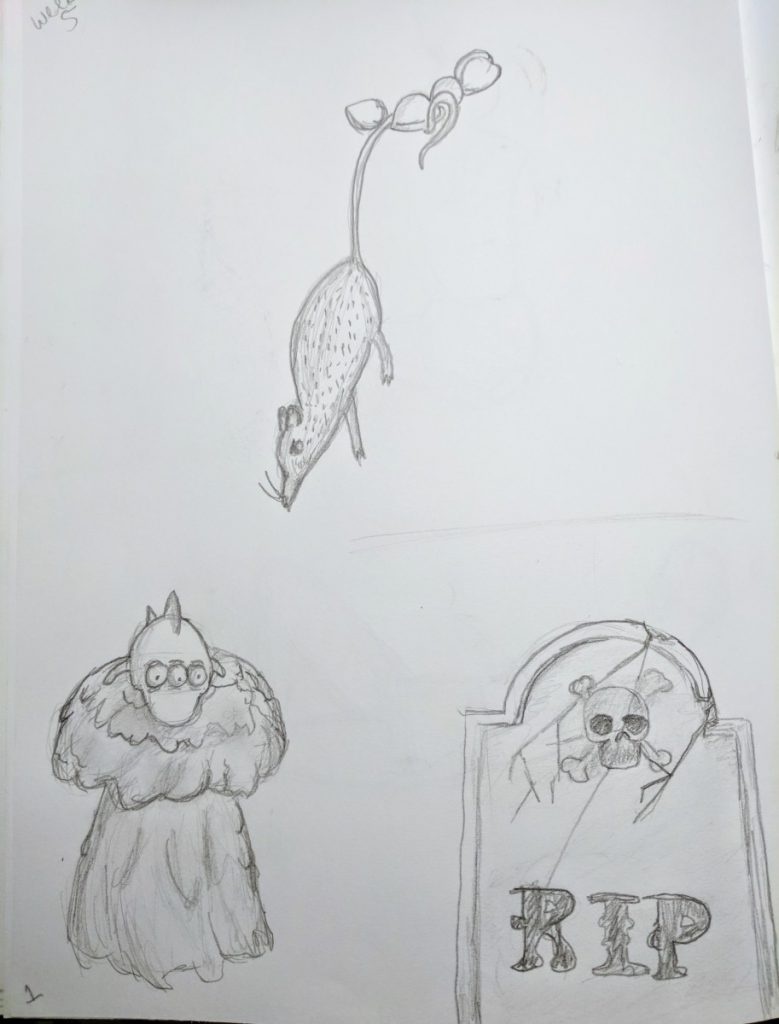
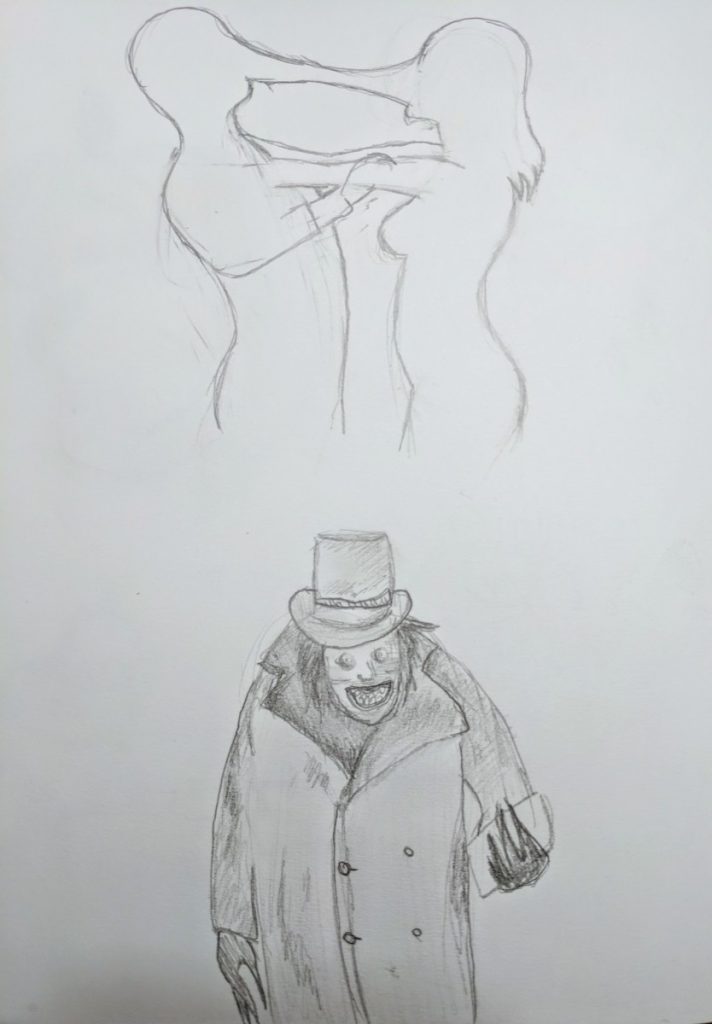

Week 4 Sketches
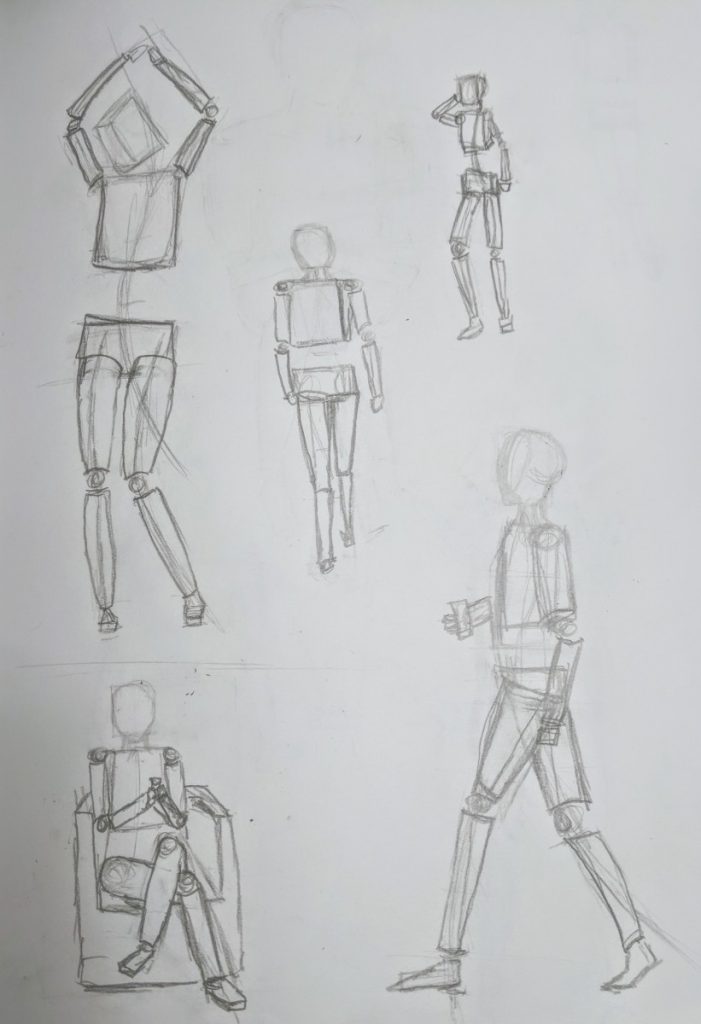
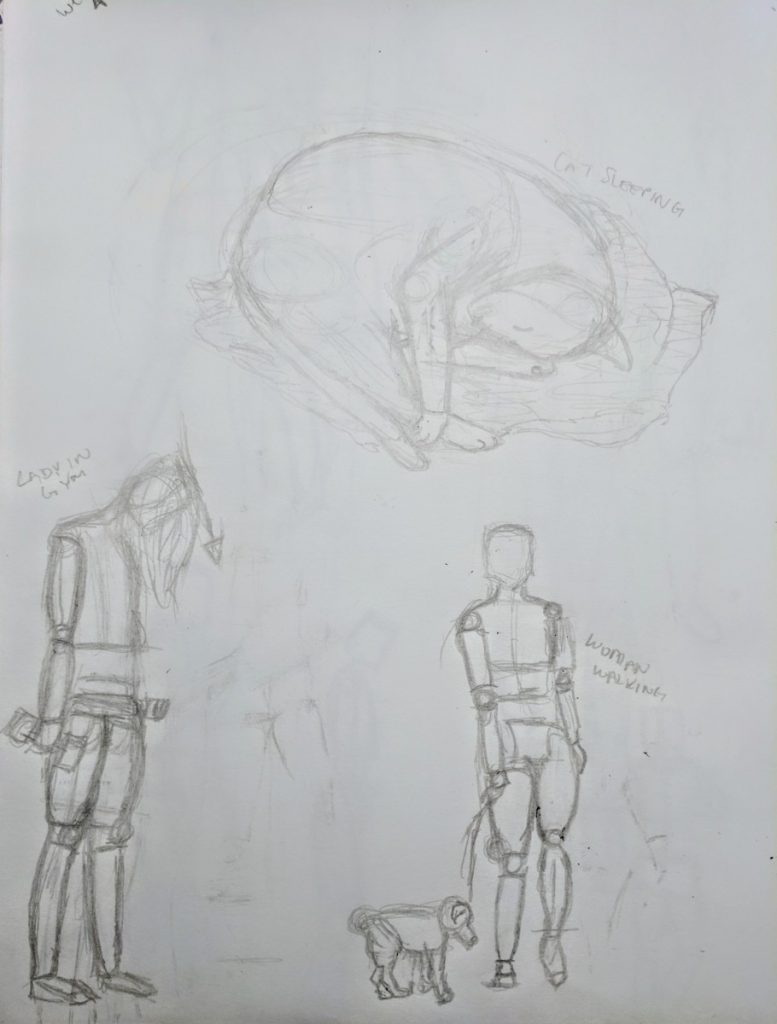
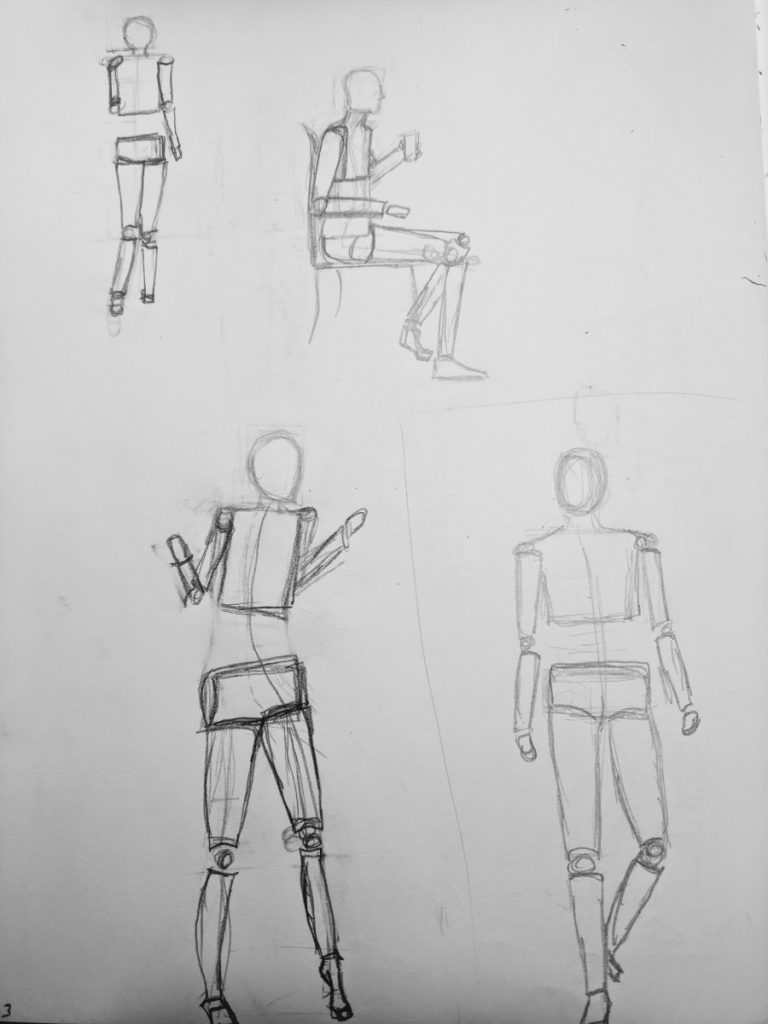
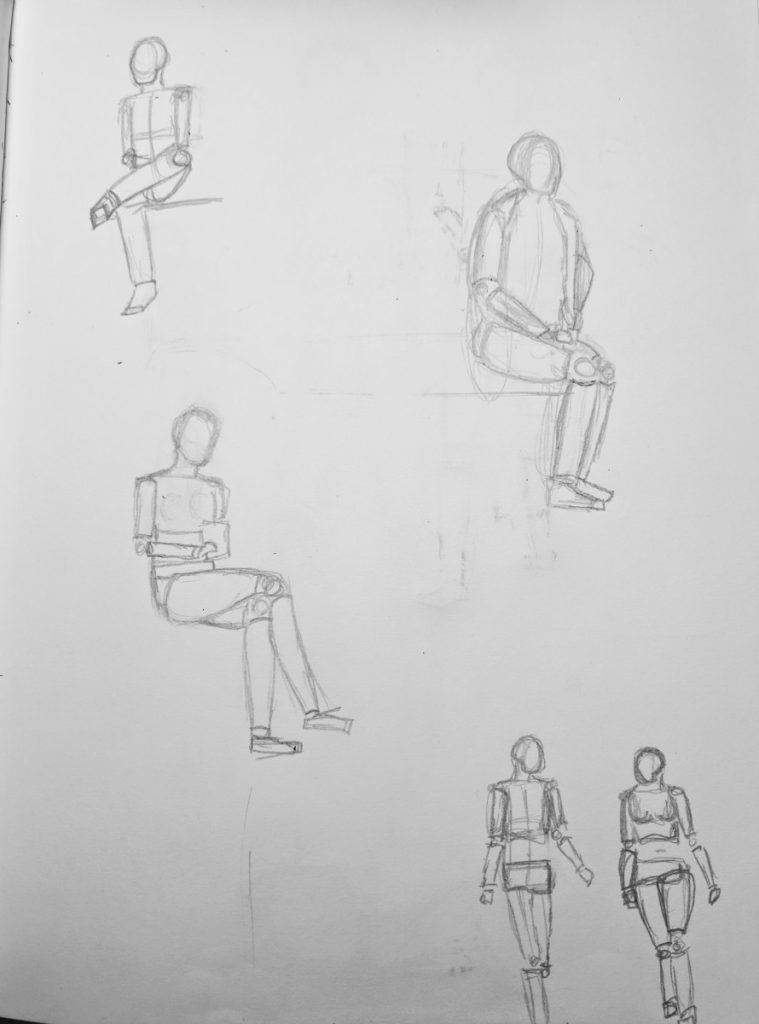
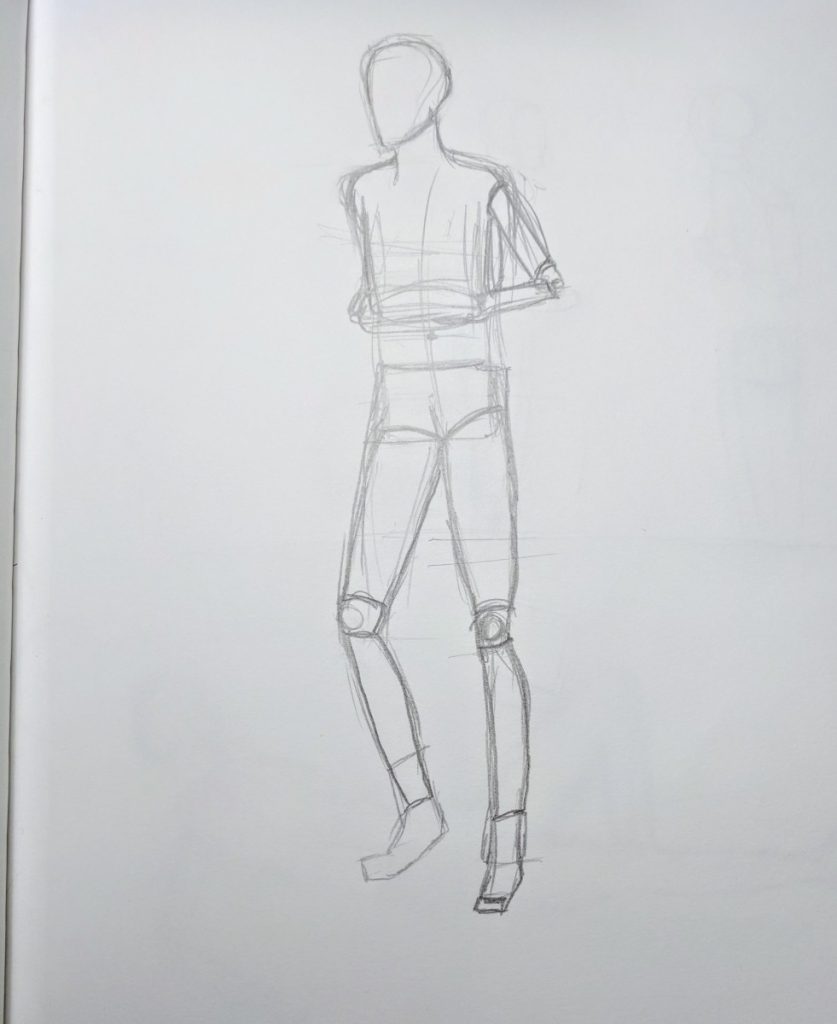
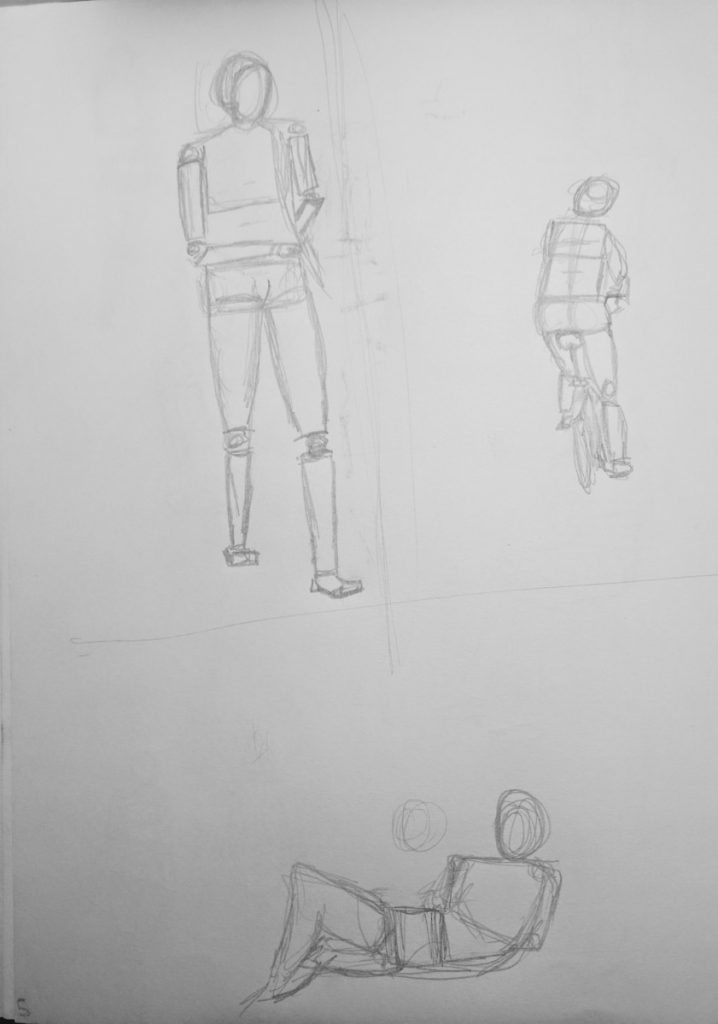
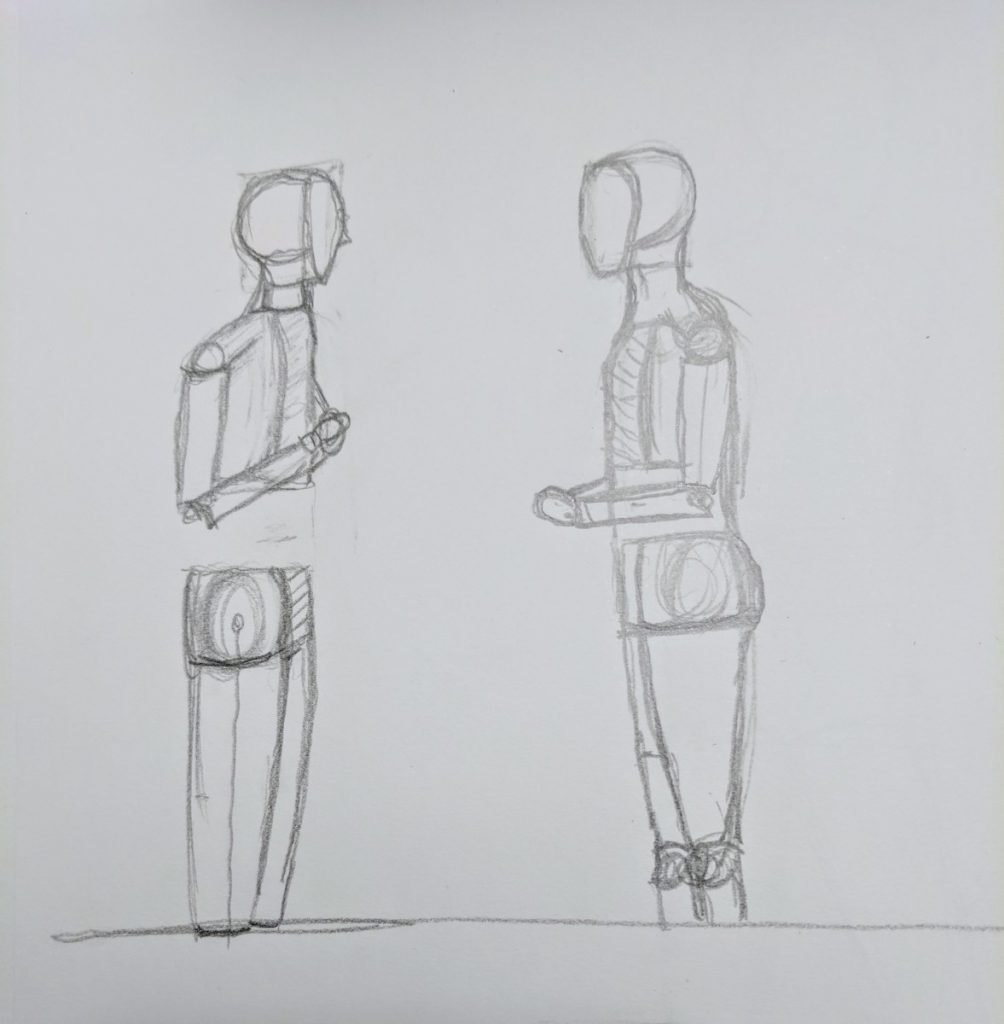
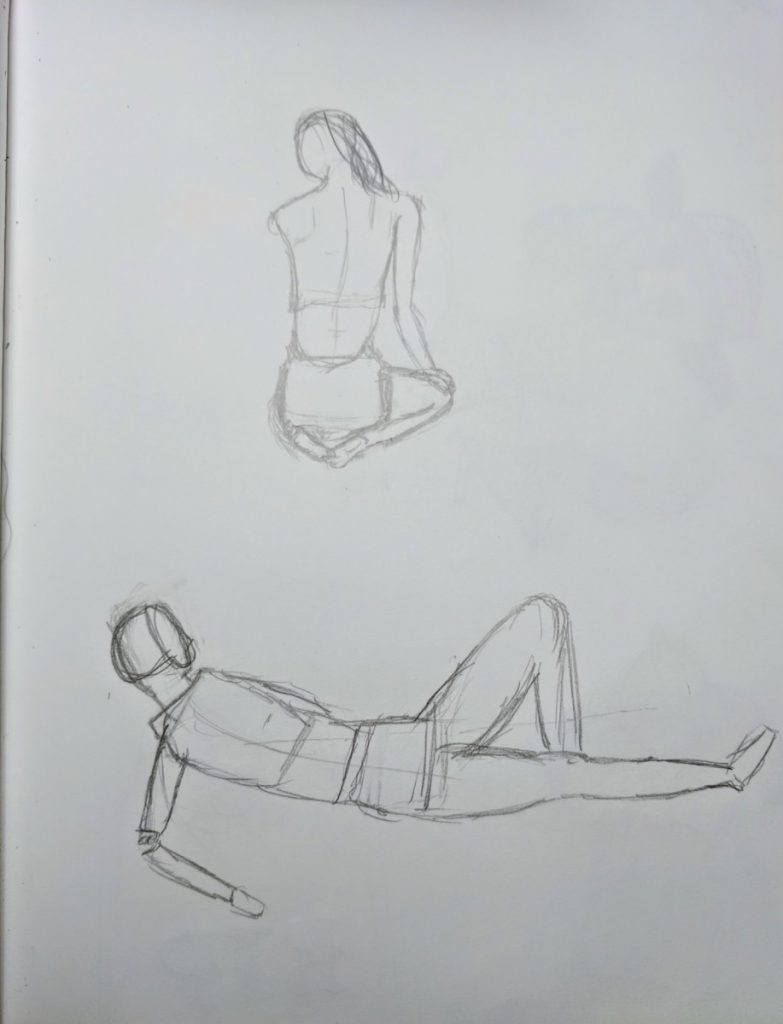
I had somewhat of a difficult time keeping up with drawing all eight pages in the two weeks we had, especially if I didn’t leave my apartment during the day. I feel like if the weeks were separated and not adjoined it would be easier to keep pushing yourself to draw. Towards the end I noticed I started to draw with less care and wanted to get the assignment done.
Egon Schiele Extra Credit
Egon Schiele was born in 1890 and died in 1918 to the Spanish Flu at the age of 28, just as his artistry career began to become noticed. Schiele once went to an academy for art and dropped out when he was 16 and created the New Art Group in return. Artists during the time of his career did not normally create pieces on par with his, most artists conveyed much context, colors, and either used smooth lines or had certain shapes and angles. During the 1900s you had many forms of art like, Cubism, Bauhaus, Surrealism, and Abstract Expressionism. Schiele’s art is considered Expressionism, but compared to the many paintings and drawings of Expressionism in the 1900s, his work stands out completely. In his time Schiele was unique, so unique that those around him in Vienna looked down on him and thought the art he created was absurd. He rejected the ideal art forms and boundaries many placed. In 1907 Schiele sought out Gustav Klimt, an artist he learned about during the time in academy, and worked with him. Klimt enjoyed Schiele and mentored him, as well as buying Schiele’s paintings and setting up exhibitions or models for him and shared similar interests.
Schiele was drawn to the scant and fragile nature of humans in the nude with unusual poses and angles. Plenty of his drawings use white space and contour lines to express the model and possibly their inner emotions, with some distortions of lengths in limbs and even reality. Some of his models were friends, prostitutes, family or himself. Schiele was obsessed with the female form and had drawn many women, including having 180 women through his studio at one time. Eventually, he married Edith Harms, who modeled often for Schiele, but when his wife began to gain weight, he sought out other women to fill his desire, including her sister.
His work has the potential to look absurd to viewers. Although, by many artists in this modern era he is praised for his nude paintings. The line work that Schiele does is twisted and perhaps contorted, it draws the attention of those who are themselves twisted and mangled in their own lives. His chaotic pieces are inviting to those who too are chaotic, while for others it calls out the unexpected. One of his pieces called “Death and The Maiden” created in 1915 is a painting that caught my eye. At first it looks like a mess, but it has a lot of emotional detail woven into it. I wasn’t quite sure who I was looking at or what exactly was going on but I did see two people holding onto one another dearly. This human interaction was portrayed very well, even without knowing a back story it told its own altogether, and that’s what I like about Schiele’s art. If it’s with a few contour lines, his drawing moves such emotions to viewers and connects to many people in a particular way.
Week 3 Sketches
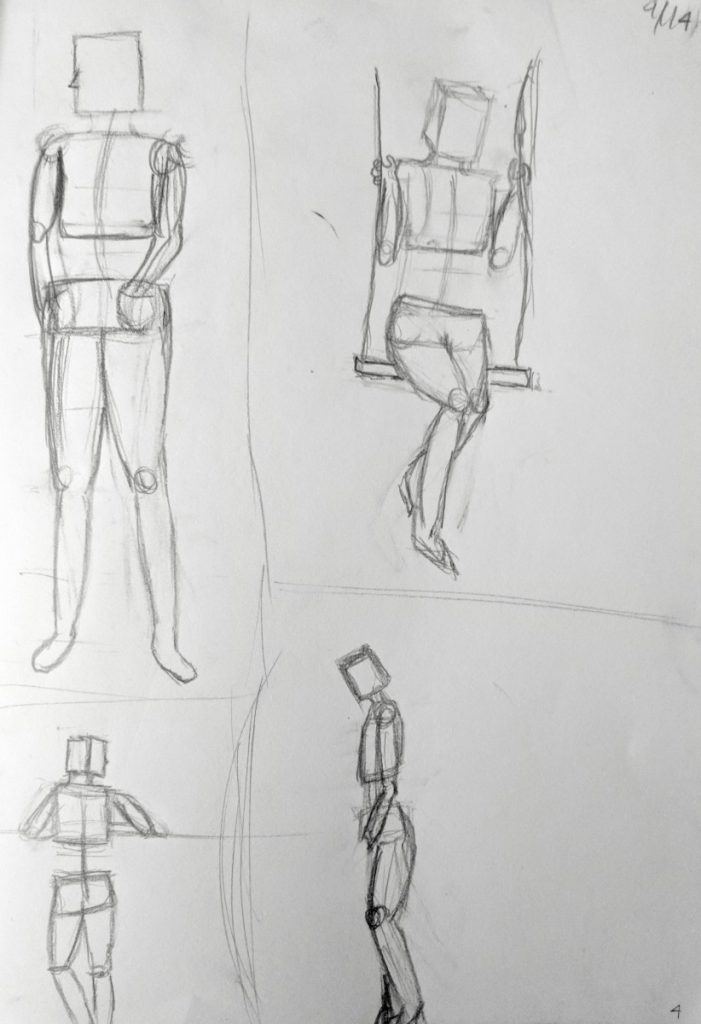
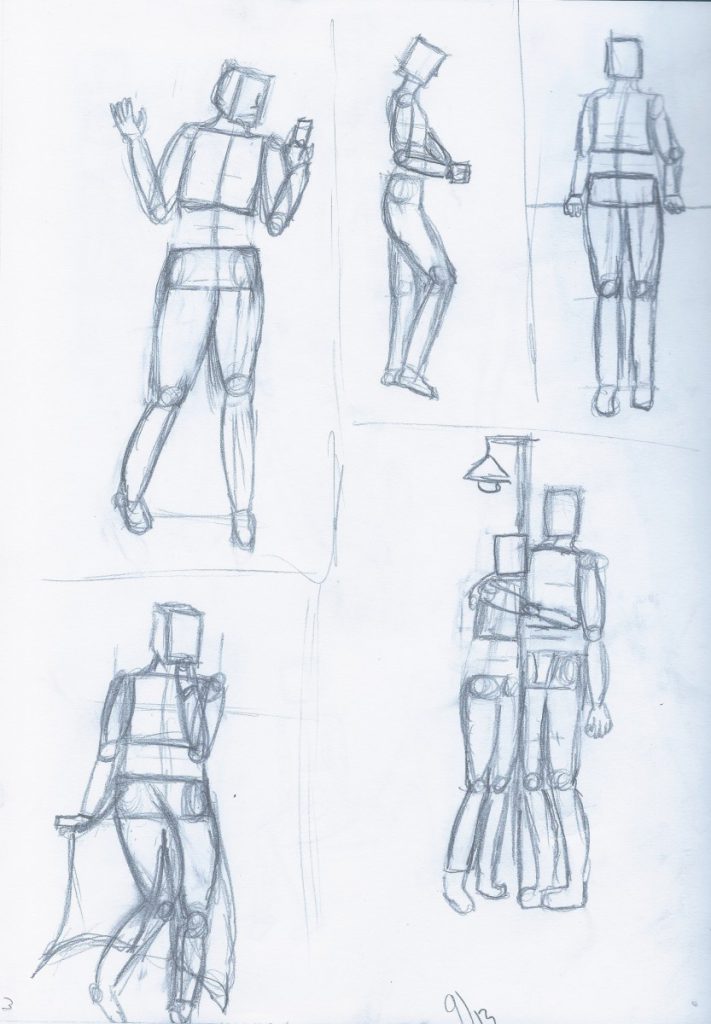
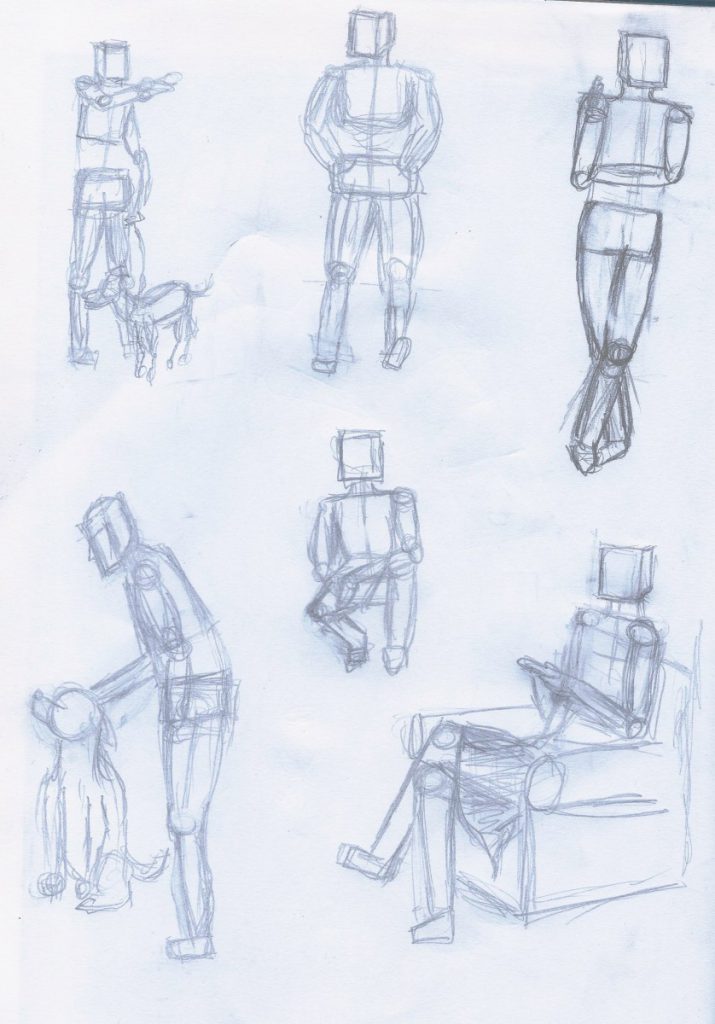
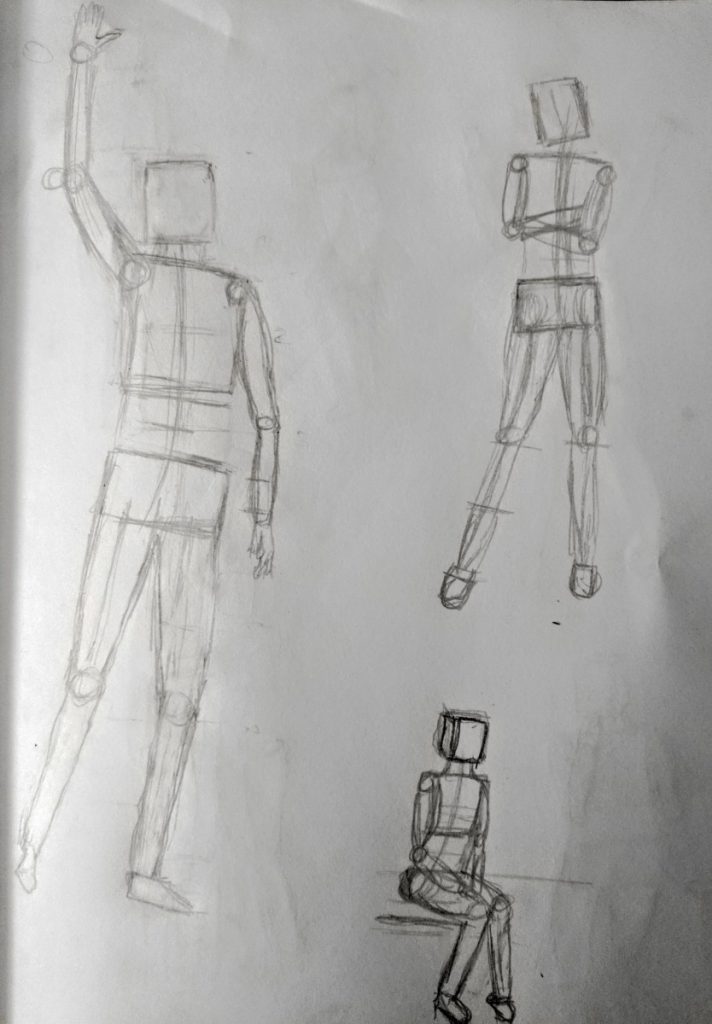
Week 2 Sketches
